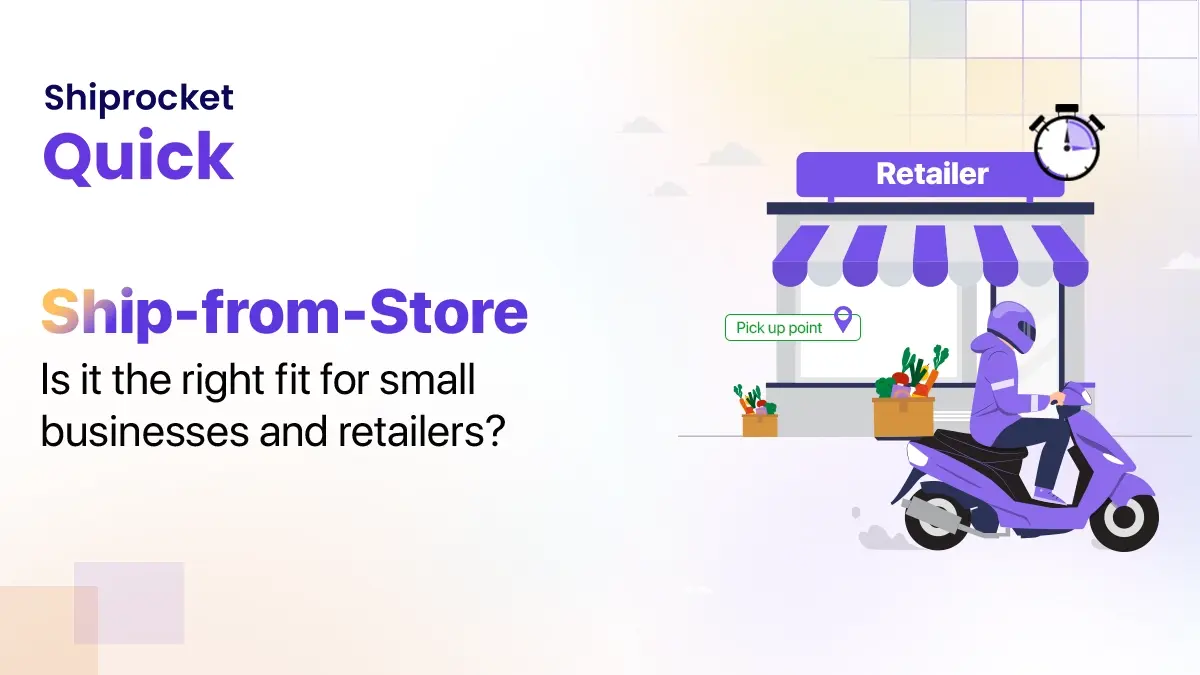Everything You Need to Know About Seed Funding for Startups

As startups develop their winning idea and gradually — or quickly — expand it into a thriving company, they go through numerous stages. Infusions of finance can push corporate development to new heights at various points along the journey.
The angel, seed, private equity, and debt round are used in the business to describe these fund infusions. The workhorse round, also called Series A, Series B, Series C, etc., falls between the early angel and late-stage private equity rounds.
The seed round is typically wedged between the angel round and the Series A round. As the name implies, Seed money is used to help grow an idea into a firm in its early stages.
Seed Stage: Investment and Ownership
Although larger seed rounds have become increasingly common in recent years, seed funding remains on the lower end of the equity capital spectrum. Like all other forms of equity financing, Seed funding is based on an ownership model. The investor gives the company money in exchange for a share of the company’s ownership. This is one of the first stages on a path that leads to the founders and other stakeholders owning less and less and less of the company.
The amount of seed capital a firm is likely to receive—and what that means in terms of ownership—is determined by its valuation. Investors use the startup valuation to calculate their return on investment. Startup valuations depend on various characteristics, including management style, growth track record, market size and share, and risk level.

Why does your startup need seed funding?
Startup failure is a lack of cash. Funding can assist you in transforming your firm into a larger one, allowing you to achieve more with resources. Start-ups require funding for the hiring of high-quality workers. After receiving funding, investors will expect you to increase the effectiveness of your sales and marketing initiatives.
You must have a clear understanding of why you need the finances. You must understand why you require the funds. Is it to pay off existing debts or repay loans? Do you have a fresh product idea and need money to make it a reality? Or expand into other markets? These two questions are more in line with the criteria investors use to decide whether or not to invest in a firm.
When is the right time for a startup to raise money?
Investors want to put money into a firm with both potential (a brilliant idea and a team that can execute it) and traction (early adopters of the product or service, meaning a good customer base). Delay funding as much as possible if you already have the cash and money to run your business in its early phases. When you bring in investors, you give up a certain level of power and flexibility—obtaining external money too early in the process results in unwanted interference and a loss of control over your own business. As an entrepreneur, you want to keep your business for as long as possible. It’s great when you, as a founder, can get a particular number of clients to adopt your product at such an early stage of your firm. Investors are on the lookout for it as well. It is critical to keep working on your product and improving your startup once you have gained early adopters. To be successful, this change will require both finances and personnel. Investors come into play when you need extra money but can’t afford it on your own.

Seed Funding Sources
Seed capital is unique in that it is intended to help a startup get off the ground rather than extend or enhance an existing business. Angel investors, venture capital firms, banks, crowdfunding, and friends and family are all possible sources of seed finance. It’s also not uncommon for company founders to put their own money into their business as initial capital, allowing them to retain complete ownership. Seed fundraising isn’t as busy as subsequent funding phases for venture capital investors. Series A and Series B rounds of finance, which venture capitalists dominate, are in charge of the latter. On the other hand, Seed rounds frequently attract a more comprehensive range of investors.
Preparing for Series A Funding
Seed funding’s primary goal is to put a firm in a solid position to secure a Series A investment when a company can genuinely start increasing its income and establishing its market position.
Before seeking Series A funding, startups should have product-market fit, a demonstrable monetisation model, and an effective customer acquisition plan. They should also be ready to scale. Seed money is specifically meant to assist with business development milestones. Early in the business development process, getting a large sum of money can significantly impact future success. The associated relinquishment of equity and control is not something to be taken lightly. Therefore founders should think twice before accepting equity funding, even if it’s just a seed round.
Conclusion:
Getting money for your startup is a long and drawn-out procedure. To ensure that investors trust you with your money, you must be able to accomplish everything. This blog has provided you with a thorough overview of everything you need to know, from when and how much to raise to the steps you must take before approaching investors.









